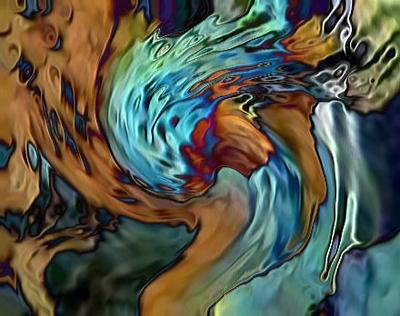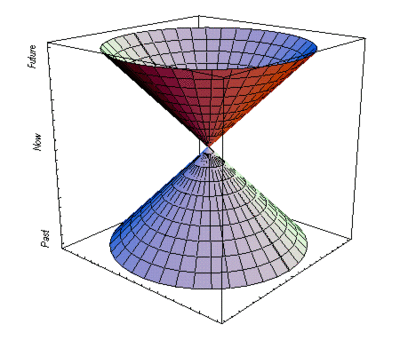Since Einstein changed his revolutionary 1905 equation from E=mV2 to E=m
c2 in 1907
c has generally been used to designate the speed of light. The
c in modern science originally abbreviated for constant, but in the late 19th century
c (from the Latin celeritas (speed)) was used by Max Plank and other physicists to indicate the speed of electrodynamic waves, so Einstein adopted the variable in place of V. And because in the Theory of Relativity light is both a speed and an absolute it makes sense to use
c instead of the singularly applicable V.
Various experiments, most notably those that produce Cherenekov radiation, demonstrate that particles can travel faster than photons under certain conditions. The result is a kind of glowing effect that is analogous in the electromagnetic spectrum to a sonic boom. However, no experiment to date has demonstrated that information can be transferred faster than the speed of light, so
c remains an absolute.
As every reader of science fiction or popular books that translate the difficulties of physics for the non-physicist knows, at
c space contracts and time expands. That is, all of space is compressed infinitely thin while time no longer has any meaning beyond the present. To our ordinary perspective then space and time would become irrelevant and indistinct. Further, since we know light by way of space and time, it too would no longer retain its meaning. At
c then we might say we vanish. I do not mean invisibility since invisibility retains space and time. Invisibility removes an object from the light waves that would make it visible. It is still there, but it is hidden. At
c, vanishing is union with a practicable absolute and a theoretical beyond.
Jake Berry 10.14.05


